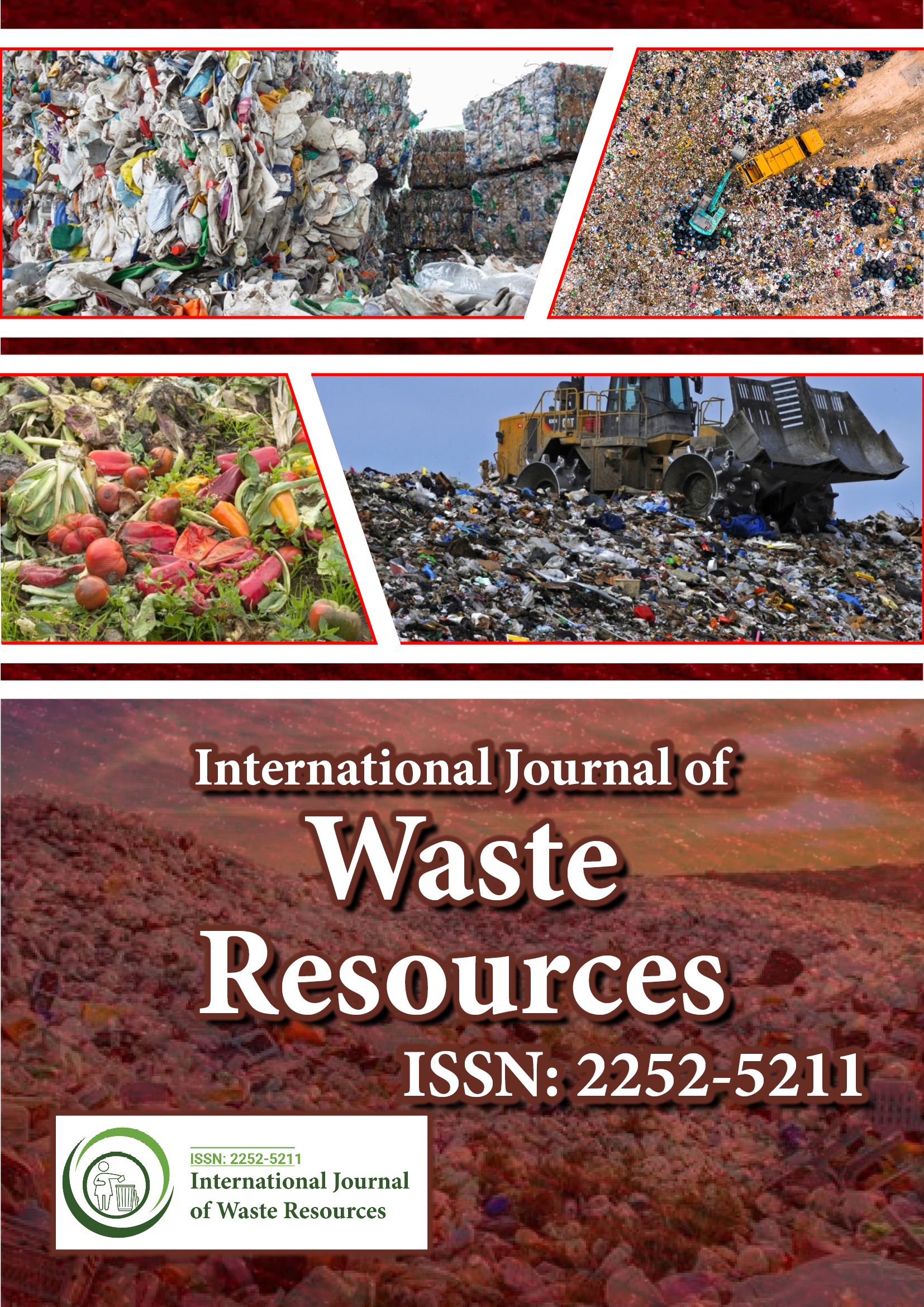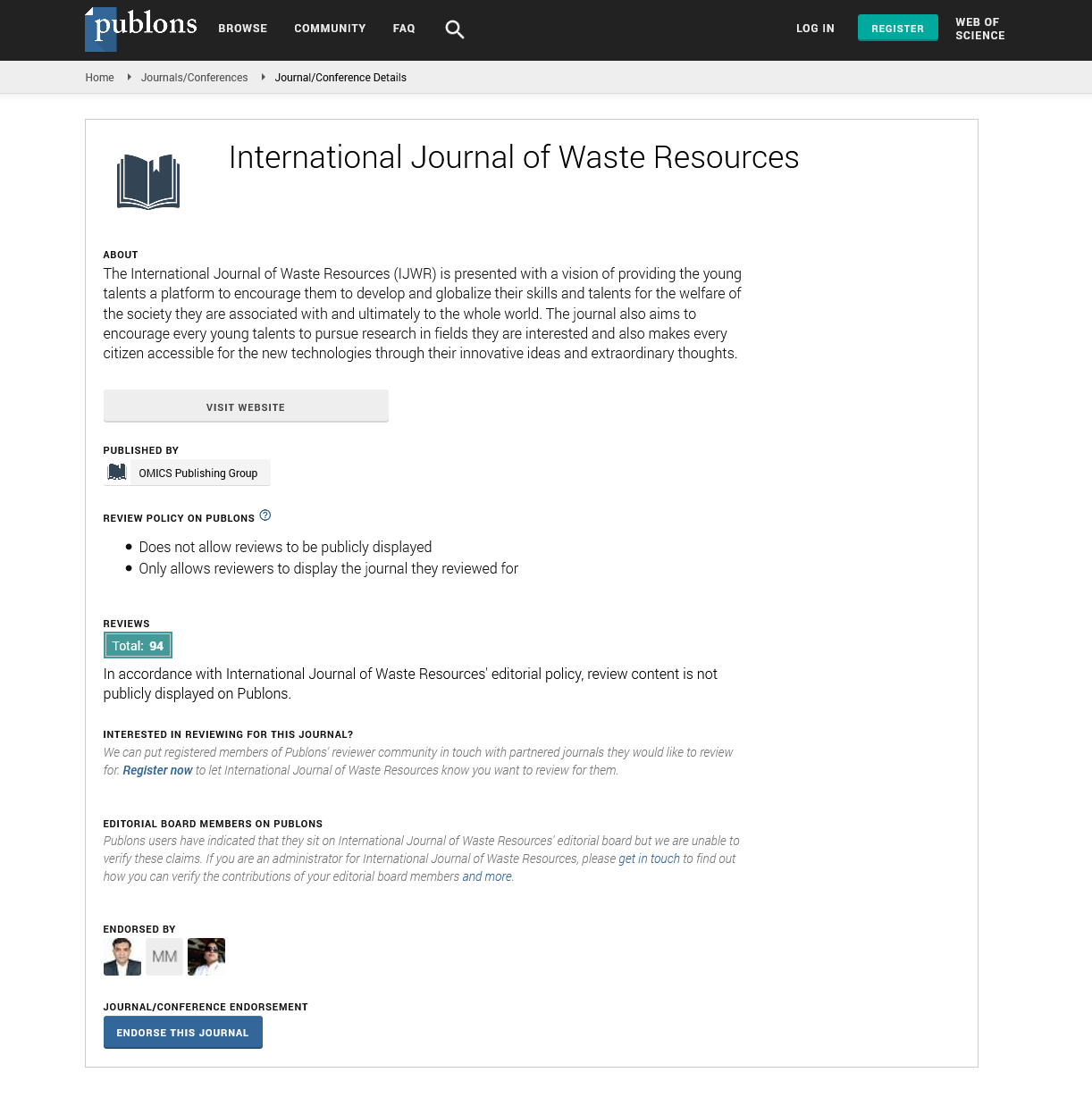Indexed In
- Open J Gate
- The Global Impact Factor (GIF)
- Open Archive Initiative
- VieSearch
- International Society of Universal Research in Sciences
- China National Knowledge Infrastructure (CNKI)
- CiteFactor
- Scimago
- Ulrich's Periodicals Directory
- Electronic Journals Library
- RefSeek
- Directory of Research Journal Indexing (DRJI)
- Hamdard University
- EBSCO A-Z
- Publons
- Google Scholar
Useful Links
Share This Page
Journal Flyer

Open Access Journals
- Agri and Aquaculture
- Biochemistry
- Bioinformatics & Systems Biology
- Business & Management
- Chemistry
- Clinical Sciences
- Engineering
- Food & Nutrition
- General Science
- Genetics & Molecular Biology
- Immunology & Microbiology
- Medical Sciences
- Neuroscience & Psychology
- Nursing & Health Care
- Pharmaceutical Sciences
Abstract
Looking at Adsorption of Cellulases NS 50013 onto Avicel PH 101 and Protobind 1000 through Isotherms and Thermodynamics
Baig KS, Turcotte G and Doan H
Understanding adsorption characteristics of cellulases can help to control the mechanism of adsorption of cellulases onto wheat straw. Desorption and reuse of cellulases is a way to decrease cost of production of bioethanol which can be perfected with knowledge of adsorption characteristics of cellulases. Adsorption of cellulases NS 50013 onto microcrystalline cellulose (Avicel PH 101) and wheat straw lignin (Protobind 1000) was studied in batch reactors. Protobind adsorbed twice the amount of cellulases as did Avicel PH 101 and the rate of adsorption was higher than that of Avicel PH 101. A comparison of three (most used) adsorption isotherms was conducted to see: i) A correlation between cellulases adsorbed and initial cellulases loading, ii) Is it a monolayer adsorption, iii) Adsorption capacities of the substrates. It was observed that Langmuir isotherm was a good representation of adsorption for both Avicel and Protobind on correlation coefficient of 0.9572 and 0.9880. The Gibbs free energy changes obtained by using van’t Hoff equation indicated that the adsorption was mainly spontaneous. However for Avicel, the process was spontaneous up to 220 μg.mL-1 and the spontaneity decreased with the cellulases concentration. For initial concentrations between 220 μg.mL-1 and 250 μg.mL-1 the cellulases adsorption process became non-spontaneous. While ΔG was quite opposite for Protobind, as it was non spontaneous at 100 μg.mL-1 and for further increase in concentration it was found spontaneous till 262 μg.mL-1. Among all three, Langmuir adsorption isotherm appeared to be the best represented of the cellulosic adsorption pattern. Hence, implying homogenous, monolayer adsorption. The reversible part of Langmuirian adsorption theory is in question in recent enzymatic literature therefore, a detailed study on desorption has been suggested by authors.

